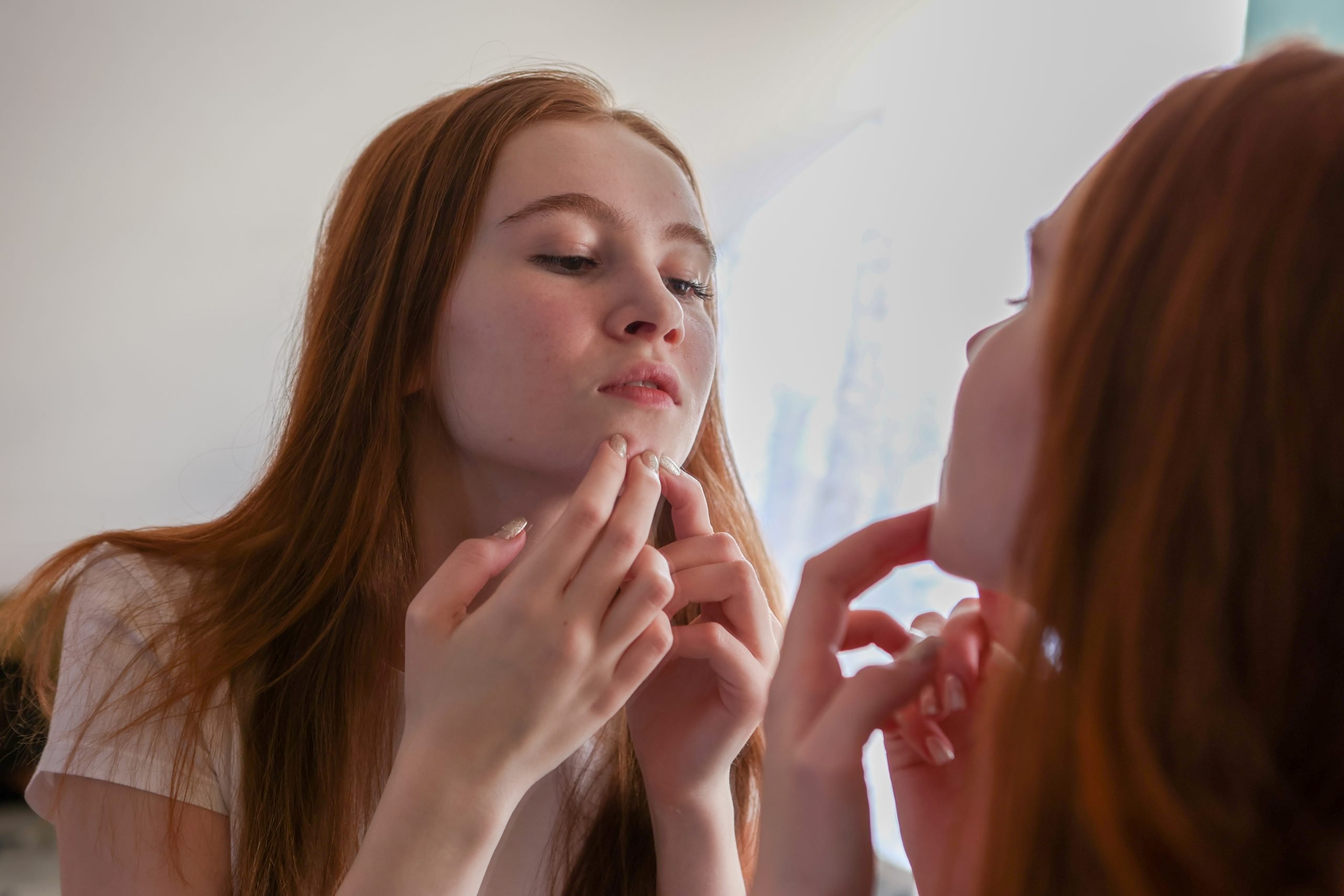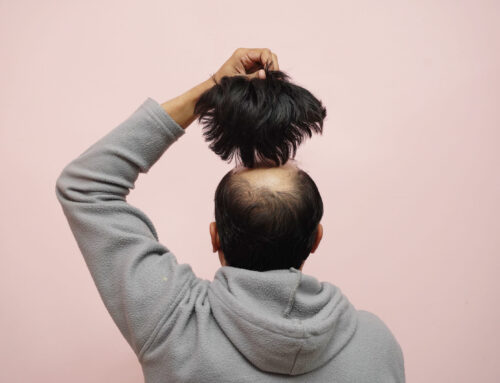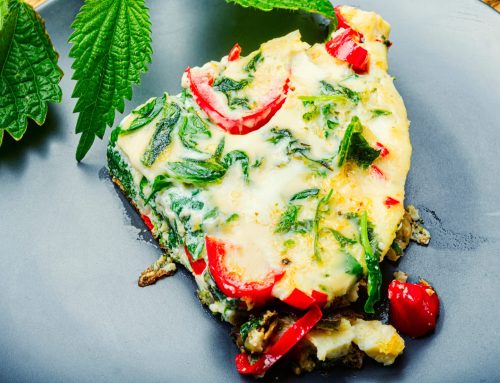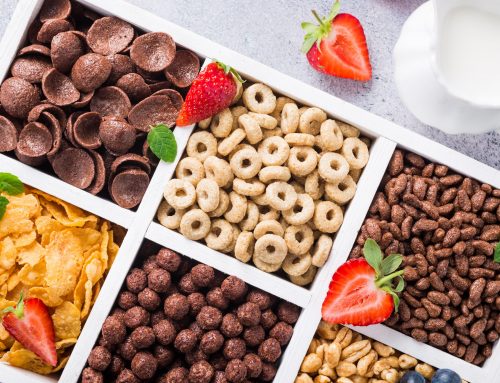“It’s not just about looking good; it’s about feeling good and being confident in my own skin. But acne messes with my head, and it’s a constant struggle. Some days, I try to own it and embrace my imperfections, but other days, it’s hard not to let it affect how I feel about myself. I just want people to see past the acne and see the real me, but I can’t even do that myself sometimes. It’s like a delicate balance between accepting myself and wanting to be seen for who I truly am.”
The mirror reflects more than just an image; it is often a taunting companion on our journey of self-discovery, dotted with the pesky red reminders of adolescence—acne, the bane of many teenagers’ and twenty-somethings’ existence.
Conventional treatments for acne are designed to combat the factors responsible for acne formation, but they often don’t directly consider the underlying reasons acne appears in the first place. The treatments focus on topically reducing inflammation, controlling oil production, and preventing bacterial growth on the skin’s surface. Common approaches include topical treatments with ingredients like benzoyl peroxide and salicylic acid, oral antibiotics, retinoids, and even oral contraceptives with anti-androgen properties for females. More severe cases may be treated with isotretinoin, a potent oral medication.
But while these treatments may fight inflammation, control oil production, and zap those bacteria on your skin’s surface, they may not get to the root of the issue. This is where insulin comes in—and, more specifically, insulin resistance.
A surprising connection
Most people are aware of insulin as a hormone that is related somehow to diabetes, but are slightly hazy around the details. Insulin’s main role in the body is to enable glucose that is in the blood (sugar) to be shunted into the cells where it is turned into energy or fat. Insulin resistance is a physiological condition in which the body’s cells become less sensitive to the hormone, leading to elevated blood sugar levels.
How does this work? Normally, the pancreas sends out insulin in response to how much is needed (depending on how much glucose is in the blood after you’ve had a meal), but as the insulin receptors on the cells become less and less responsive due to consistently high glucose levels, the pancreas ups its game as much as it can, secreting more and more insulin as the receptors become more and more resistant. It can do this for a while, years even, until it can no longer cope.
Insulin resistance can be temporary and is reversible. It doesn’t always lead to diabetes, but it can also impact other aspects of health, such as skin health. It does raise its head during adolescence for a number of reasons. Below, I explore the links between insulin resistance and acne, particularly focusing on teenagers and young adults, and the factors that contribute to this connection.
Hormonal Fluctuations during Adolescence
Adolescence—the time of wild hormonal swings and life-altering transformations. Puberty marks the onset of hormonal changes that affect insulin sensitivity. Growth hormones and sex hormones like estrogen and testosterone surge, temporarily altering how the body responds to insulin. These fluctuations can contribute to insulin resistance in teenagers, increasing the risk of spot attacks.
Growth and Energy Demands
During the teenage years, bodies undergo rapid growth and development. The energy demands for this process are substantial, leading to adaptive changes in insulin sensitivity. To ensure growing tissues receive enough energy and nutrients, the body may become less responsive to insulin. While this is a normal part of development, it also means the skin might be more prone to acne breakouts.
Diet and Lifestyle Choices
Although this certainly doesn’t apply to all teenagers and young adults, and on the other hand equally applies to their parents, Brits (and Americans) are, more and more, indulging in less-than-optimal dietary choices. A diet high in processed foods, sugary drinks, and unhealthy snacks can lead to weight gain and elevated free fatty acids in the blood. These factors contribute to insulin resistance, putting the skin at risk of acne-causing imbalances.
Sedentary Living
Netflix binging, video game marathons, and endless scrolling—modern sedentary lifestyles have become commonplace. However, inactivity can contribute to insulin resistance. Regular physical activity, on the other hand, improves insulin sensitivity and can help keep acne breakouts at bay.
Sleep Struggles
Teenagers and young adults often struggle with erratic sleep patterns or insufficient sleep due to academic pressures, socializing, or simply late-night screen time. Sleep deprivation negatively impacts insulin sensitivity and metabolism significantly, exacerbating the risk of acne breakouts. Even one night of poor sleep can increase insulin resistance and tip someone over the edge of pre-diabetes.
Unraveling Genetics
While the genetic lottery is no guarantee of acne or insulin resistance, some individuals may be predisposed to these conditions. Genetic factors can interact with lifestyle choices, hormonal fluctuations, and other influences, making some people more susceptible to insulin resistance and related skin issues.
The Stress Factor
Young and carefree? Not always! Adolescence and early adulthood can be stressful periods. Exams, social pressures, and life transitions can trigger chronic stress, leading to the release of stress hormones. These hormones interfere with insulin function, opening the door to acne breakouts.
How to eat for improved insulin sensitivity
When thinking about better blood-glucose regulation and reduce the risk of insulin resistance and acne breakouts, there are some smart dietary choices that you can make. Incorporating high-fiber foods, low glycemic index (GI) foods, and avoiding refined carbs, processed, and fast foods are key steps in achieving this goal.
Fiber-rich foods, such as vegetables, whole grains, and legumes (but not Bran Flakes, or chocolate bars that claim to be a “source of fibre”), slow down the absorption of sugar in the bloodstream, promoting steadier blood glucose levels. These foods also help you to feel full for longer, aiding in weight management, another crucial factor in preventing insulin resistance.
Opting for low GI foods, like whole grains, sweet potatoes, and non-starchy vegetables, will also help you with blood-glucose regulation. These foods are digested more slowly, preventing rapid spikes in blood sugar, which can strain the body’s insulin response. Many vegetables (and some fruits, like kiwi and small berries) also feed your helpful gut bacteria. The impact of your gut microbiome on health, in either direction, is huge, and a healthy balance of gut bacteria can also have a direct and positive impact on insulin sensitivity and inflammation.
On the flip side, steering clear of refined carbohydrates found in sugary treats, white bread, and sugary beverages really is essential. These high-glycemic foods cause blood sugar levels to surge rapidly, leading to increased insulin production and potential insulin resistance over time.
Processed and fast foods, often laden with unhealthy fats, sugars, and preservatives, should also be limited. They not only contribute to poor blood-glucose regulation but also provide little nutritional value, impacting overall health and skin condition.
There are a number of nutrients that are available in supplement form that can be added to the above dietary habits to increase insulin sensitivity. These will be looked at in a separate article, coming soon.
By adopting a diet rich in fiber, low GI foods, and steering clear of refined and processed options, teenagers and young adults can take proactive steps to support their body’s insulin sensitivity and promote clearer, healthier skin. Eating well lays the foundation for lifelong well-being, helping you to face the world with a radiant and confident glow.
Promoting healthy habits, including a balanced diet, regular exercise, sufficient sleep, and stress management, can mitigate the risk of insulin resistance and acne formation. Taking care of your body now sets the foundation for a healthier and more vibrant future.
Remember, while acne during these years may seem like a passing storm, nurturing a healthy lifestyle can make all the difference not only to your skin now, but also your general health in the long run. So, embrace these transformative years with confidence and remember to prioritize your well-being, inside and out.





Leave A Comment